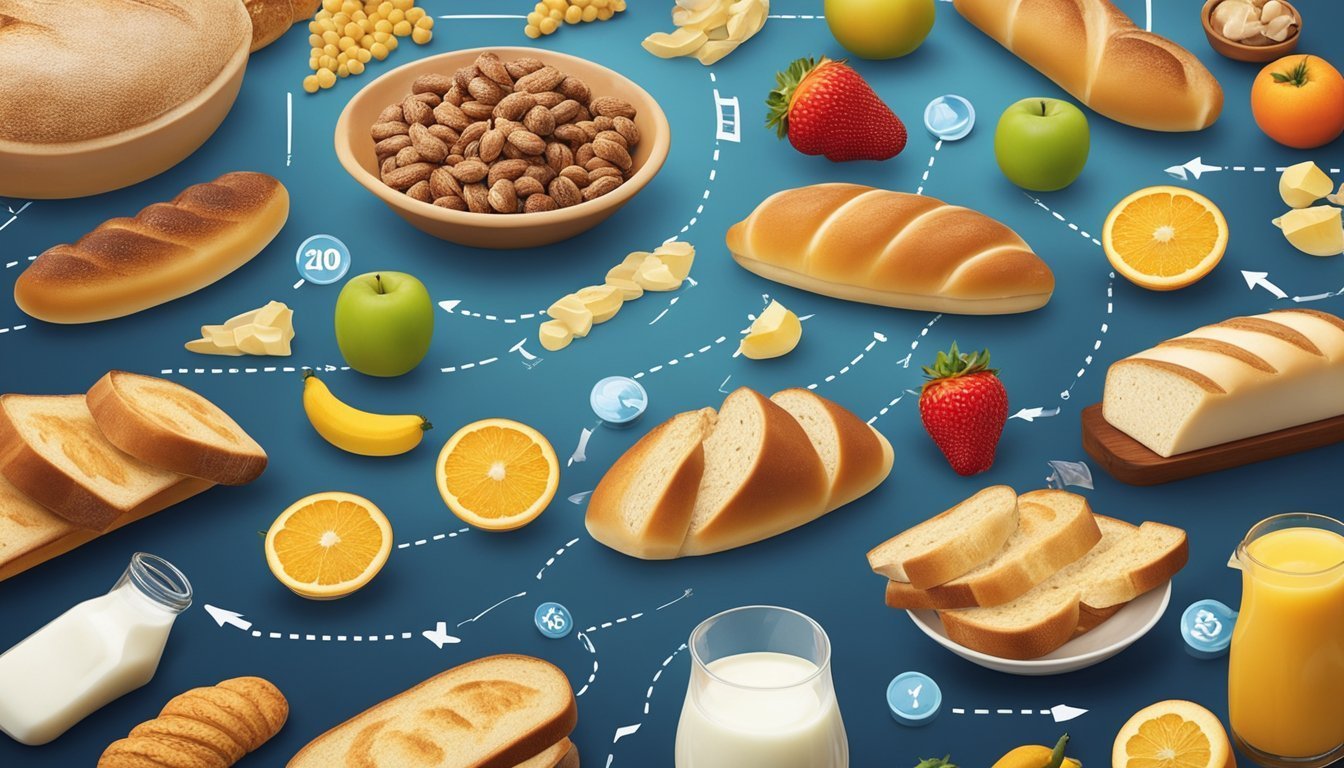Inflation is on the rise, experiencing its most notable increase in over a year and a half, prompting analysts to predict that the Federal Reserve will opt to keep interest rates steady during the next Federal Open Market Committee meeting.
Consumer Price Index Surge
On Wednesday, the U.S. Bureau of Labor Statistics revealed that the Consumer Price Index (CPI) surged by 0.5% in January, the sharpest increase since August 2023.
This figure eclipses forecasts, which had anticipated a more modest rise of 0.3%.
A significant factor in this uptick was a 1.1% spike in energy prices, accompanied by a 0.4% rise in food costs.
For context, the CPI only increased by 0.4% in December.
Federal Reserve Response
Jerome Powell, the Federal Reserve Chair, highlighted these CPI numbers, reiterating his earlier views on inflation trends.
He stated that while some progress is being made toward the Fed’s goal of a 2% inflation rate, further efforts are necessary.
Powell noted that the Fed often looks at long-term trends, avoiding knee-jerk reactions to short-term data.
Chief economist Gregory Daco from EY commented on the core CPI, which excludes volatile food and energy prices.
He described January’s 0.4% increase as unexpectedly high compared to December’s more gradual rise of 0.2%.
Daco indicated that although there are signs of progress toward the 2% target, the inflation rate has stagnated around 3% for a number of months.
Looking Ahead
Investment strategist Elyse Ausenbaugh from JPMorgan pointed out that the ongoing high inflation might lead the Federal Reserve to rethink its schedule for potential interest rate cuts this year.
She expressed faith in the Fed’s careful, data-driven approach before making any adjustments.
Looking forward, Daco predicts that the Fed is unlikely to implement any rate cuts during the March meeting, instead suggesting that two reductions might occur in 2025, specifically in June and December.
As it stands, the Fed maintains an interest rate target range of 4.25% to 4.5%.
Meanwhile, consumers saw an overall increase of 3% in essential costs—covering items such as shelter, fuel, and food—when comparing January’s numbers to the previous year, a slight uptick from December’s inflation rate of 2.9%.
In a notable development, egg prices skyrocketed by 15.2% in one month, marking the largest increase since June 2015.
This dramatic rise is primarily due to an egg shortage resulting from bird flu outbreaks affecting farms across the country.
In contrast, the year-over-year core inflation rate remained steady at 3.3%, surpassing expectations, which had pegged it at 3.1%.
Source: Entrepreneur


